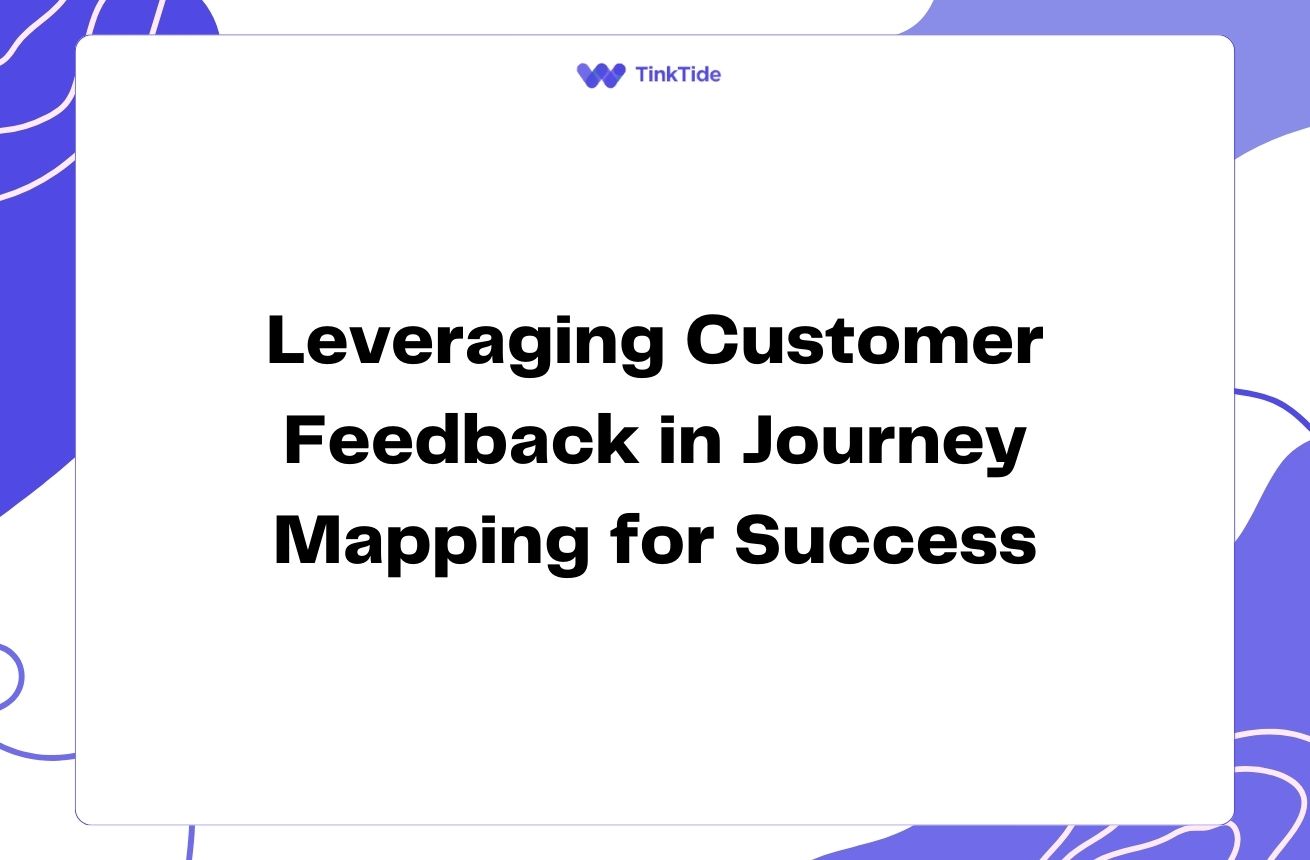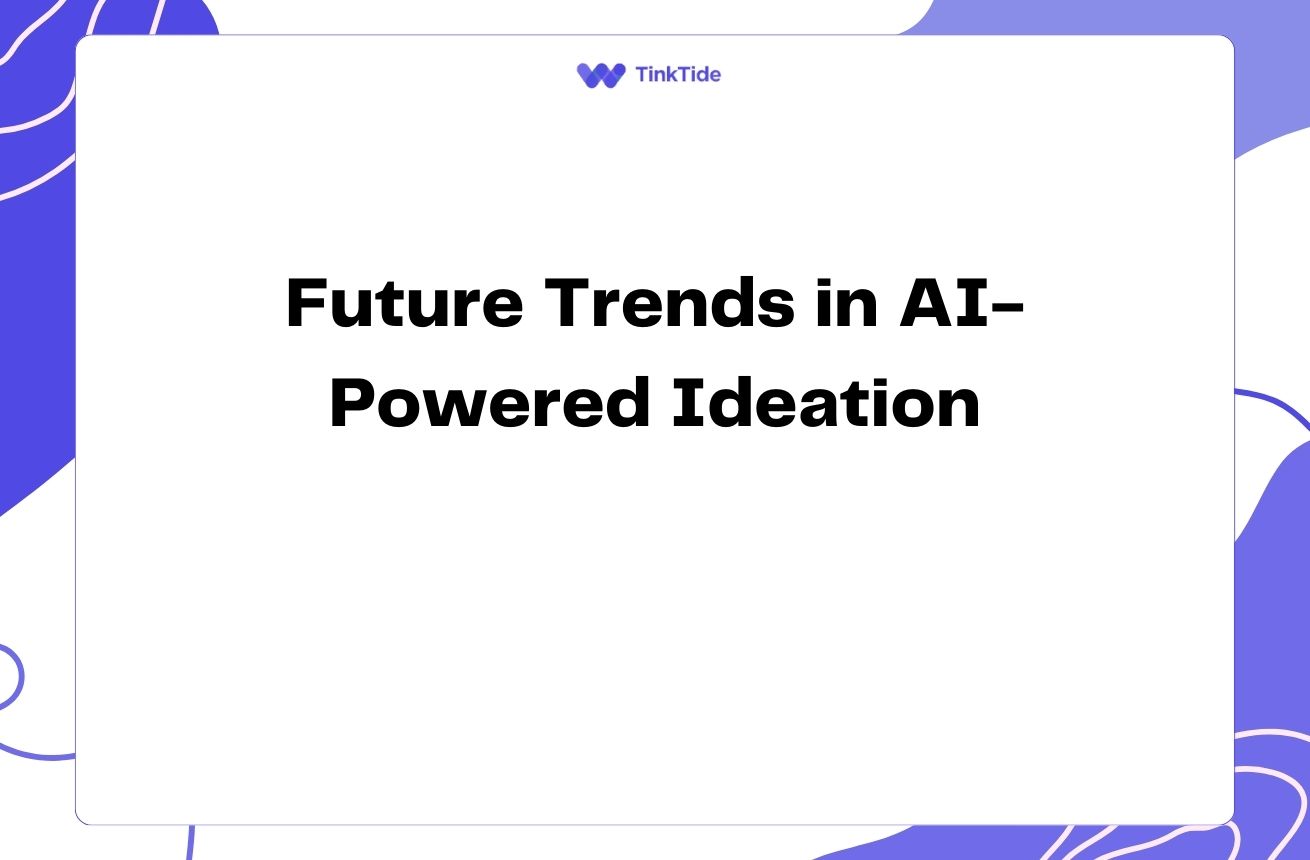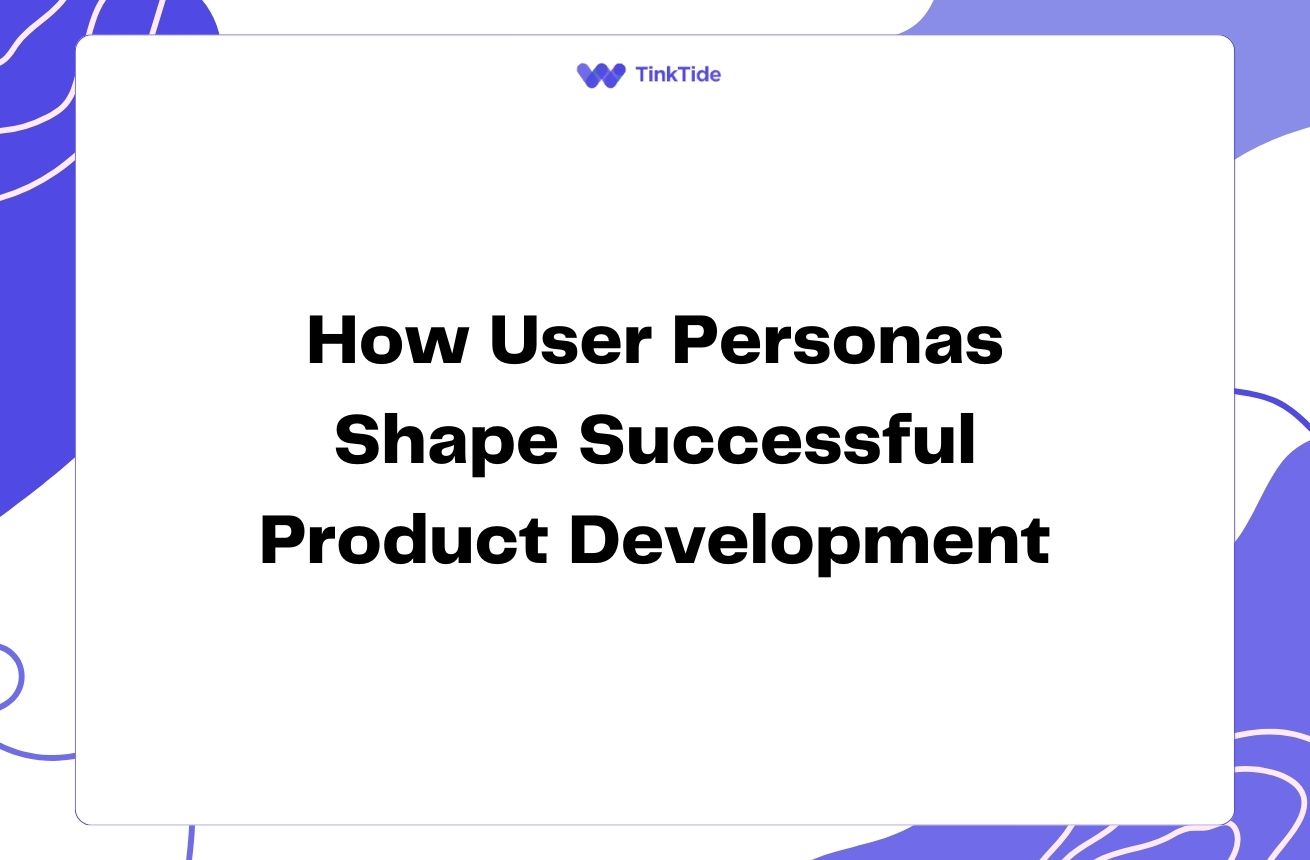Real-World Success Stories: Businesses Thriving with User Personas
The Power of User Personas in Business
User personas have become a crucial tool for businesses aiming to understand their customers better and create tailored experiences. These fictional representations of ideal customers help companies make informed decisions about product development, marketing strategies, and customer service.
In this article, we'll explore real-world examples of businesses that have successfully implemented user personas to achieve their goals. These case studies demonstrate the tangible benefits of using personas and provide insights into how you can apply similar strategies to your own business.
From tech giants to small startups, companies across various industries have leveraged user personas to drive growth, improve products, and enhance customer experiences. Let's dive into some inspiring success stories and learn from their approaches.
Spotify: Personalizing the Music Experience
Spotify, the popular music streaming platform, has masterfully used user personas to create a highly personalized experience for its listeners. By analyzing user data and behavior, Spotify developed distinct personas that represent different types of music consumers.
One of their key personas is the 'Discoverer' - a user who actively seeks new music and enjoys exploring different genres. Spotify caters to this persona with features like 'Discover Weekly' and 'Release Radar', which provide personalized playlists based on the user's listening history and preferences.
Another persona is the 'Mood Listener' who uses music to complement their current emotional state or activity. Spotify addresses this persona with curated playlists for different moods and activities, such as 'Workout' or 'Chill'.
By tailoring their product features and content recommendations to these personas, Spotify has significantly improved user engagement and retention. This personalized approach has been a key factor in Spotify's growth to over 400 million active users worldwide.
Airbnb: Designing for Global Travelers
Airbnb has revolutionized the travel industry by creating a platform that connects travelers with unique accommodations worldwide. The company's success can be attributed, in part, to its effective use of user personas in product design and marketing.
Airbnb developed personas representing different types of travelers, such as the 'Adventure Seeker', the 'Business Traveler', and the 'Family Vacationer'. These personas helped the company understand the diverse needs and preferences of their user base.
For example, the 'Adventure Seeker' persona led to the creation of Airbnb Experiences, offering unique local activities hosted by community members. The 'Business Traveler' persona influenced the development of Airbnb for Work, catering to the needs of corporate travelers.
By aligning their product offerings and marketing messages with these personas, Airbnb has been able to appeal to a wide range of travelers and grow its platform to over 4 million hosts across more than 220 countries and regions.
Coca-Cola: Refreshing Marketing Strategies
Coca-Cola, one of the world's most recognizable brands, has long been a pioneer in marketing. The company has successfully used user personas to refine its marketing strategies and maintain relevance across generations.
One of Coca-Cola's key personas is the 'Youthful Optimist' - a young, socially conscious consumer who values experiences and connections. This persona inspired campaigns like 'Share a Coke', which featured personalized bottle labels with popular names and phrases.
Another important persona for Coca-Cola is the 'Health-Conscious Consumer'. This led to the development and marketing of products like Coca-Cola Zero Sugar and the acquisition of brands like Vitaminwater.
By adapting their product lineup and marketing messages to align with these personas, Coca-Cola has maintained its position as a market leader and continues to resonate with diverse consumer groups worldwide.
Implementing User Personas in Your Business
The success stories of Spotify, Airbnb, and Coca-Cola demonstrate the power of user personas in driving business growth and improving customer experiences. To implement user personas in your own business, consider the following steps:
- Conduct thorough market research to understand your target audience
- Analyze customer data to identify common patterns and behaviors
- Create detailed persona profiles based on your findings
- Use personas to inform product development, marketing, and customer service strategies
- Regularly update and refine your personas as you gather more data and insights
Measuring the Impact of User Personas
To gauge the effectiveness of your user personas, it's important to track key performance indicators (KPIs) that align with your business goals. Some metrics to consider include:
- Customer satisfaction scores
- User engagement rates
- Conversion rates
- Customer retention rates
- Product adoption rates
By monitoring these metrics before and after implementing user personas, you can quantify their impact on your business and make data-driven decisions for future improvements.
Address common questions
Here are some frequently asked questions about implementing user personas in business:
How many user personas should a business create?
The number of user personas can vary depending on your business and target audience. Generally, 3-5 well-defined personas are sufficient for most businesses. It's important to focus on quality over quantity, ensuring each persona represents a distinct and significant segment of your customer base.
How often should user personas be updated?
User personas should be reviewed and updated regularly, ideally every 6-12 months. However, you should also be prepared to make adjustments whenever you notice significant changes in your customer base or market trends. Continuous data collection and analysis can help you identify when updates are necessary.
Can small businesses benefit from user personas?
Absolutely! User personas can be valuable for businesses of all sizes. For small businesses, personas can help focus limited resources on the most impactful strategies and ensure that products or services are tailored to meet the needs of their target audience.
How can user personas improve customer service?
User personas can guide customer service training and help representatives better understand and anticipate customer needs. By aligning service approaches with different persona types, businesses can provide more personalized and effective support, leading to higher customer satisfaction.
What's the difference between user personas and market segments?
While both are tools for understanding customers, user personas are more detailed and humanized representations of ideal customers. Market segments are broader categories based on demographic or behavioral characteristics. Personas provide a deeper, more empathetic understanding of customer motivations, goals, and pain points.
Additional Resources
A Beginner's Guide to Creating User Personas
Comprehensive guide on creating effective user personas
User Persona Template
Free template to help you create your own user personas
The ROI of User Personas
Article discussing the business value of implementing user personas
User Persona Research Methods
Overview of research methods for developing user personas
User Personas in UX Design
In-depth look at the role of personas in user experience design
Embrace the Power of User Personas
The success stories of Spotify, Airbnb, and Coca-Cola clearly demonstrate the transformative power of user personas in business strategy. By creating detailed, empathetic representations of your ideal customers, you can gain invaluable insights that drive product development, marketing, and customer service improvements.
Remember, the key to successful implementation lies in thorough research, regular updates, and a commitment to using persona insights across all aspects of your business. Whether you're a startup or an established enterprise, user personas can help you better understand and serve your customers, leading to increased satisfaction, loyalty, and business growth.
Start developing your user personas today and unlock the potential for more targeted, effective, and successful business strategies. Your customers - and your bottom line - will thank you.
Ready to Transform Your Business with User Personas?
Discover how our platform can help you create and leverage powerful user personas for your business success.
Start Your Free Trial

